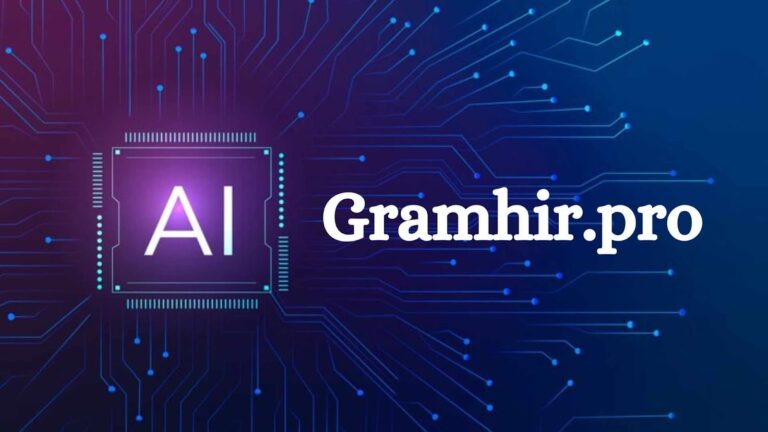
Today, electronic procurement (e-procurement) systems are becoming popular amongst organizations as they try to modernize their purchasing process to become more efficient. The huge benefit of an e-procurement system is that it streamlines audits and increases transparency across the procurement lifecycle. But this transformation not only helps in reducing the administrative burden; it also ensures better procurement compliance, and ultimately helps organizations to better control the spending.
Procurement Processes: Evolution
Paper-based procurement documentation, manual approvals and time-intensive audit trails are the norm for traditional procurement processes. This conventional approach often incorporates inefficiency, errors, and problems with maintaining procurement compliance. However, the advent of e-procurement systems has changed the way organizations manage their purchasing activity, bringing the digital revolution which solved these historical challenges while delivering a better level of procurement operations visibility.
E-Procurement Systems Overview
eProcurement is basically a comprehensive digital platform that provides an automated and streamlined process for all procurement activities starting from request to payment. These are the systems that combine disciplines in purchasing such as the management of suppliers, creation of purchase orders, payment reconciliation, and so forth. Digitalization of these processes allows organizations to keep a clear audit trail as well as consistent application of the procurement policies and procedures.
Digital Documentation Enhanced Transparency
One of the big advantages of an e-procurement system is its complete transparency in procurement operations. Each transaction, approval and communication, is automated and recorded without fail so that there is unbending documentation in the form of a complete digital paper trail. The level of documentation offered at this level reduces considerably the time needed to track procurement activities, identify potential problems, or demonstrate procurement compliance in an audit.
Procurement Compliance Strengthening
Control mechanisms are embedded into workflows through e-procurement systems and this directly helps to achieve procurement compliance. These systems can also be used to enforce organization-specific procurement policies such that all purchases conform to specific organization guidelines and regulations. Good actions, such as automated approval workflows, spending limits and delivery requirements help prevent policy violations before they happen, versus discovering them in an after-the-fact audit.
Streamlining the Audit Process.
An e-procurement system is very helpful in the audit process, making it more efficient. All audit information is available in one convenient place, including complete transaction histories, supporting documentation and approval trails, without files to sift through or calling multiple departments. The digital records also come in a standardized format, thereby making it much easier to analyze procurement patterns, identify the risks and assess how compliant team members and departments are to procedures.
Real-time monitoring and reporting
In today’s modern e-procurement systems, the ability to monitor procurement activities in real-time through robust reporting capabilities is possible. Immediately visible compliance issues can be noticed early by procurement teams and problems can be addressed immediately as opposed to waiting for periodic audits to find them. Organizations use advanced analytics tools to monitor key performance indicators, because they can track supplier performance, and can find ways to reduce costs.
Risk Management and Cost Control
E-procurement systems offer more than just compliance monitoring, they go further to help with more cost control and risk management. Making purchases from approved suppliers is an easy money-saving feature, as well as allowing organizations to easily track spending patterns, identify maverick spending, and ensure that purchases occur at the negotiated price. An important factor that this visibility facilitates is that organizations are able to have greater control over their procurement budget while reducing fraud and non-compliance risk.
Integration to Other Business Systems
The information flow from E-procurement systems to other enterprise systems can be also integrated, for instance, into accounting and inventory management software. This integration provides a complete level of procurement data on all systems and goes further to give a more comprehensive view of this organization’s spending and all their supplier relationships.
Supply Management and Collaborative
Likewise, e-procurement systems also give transparency to supplier relationships. They serve as a platform for efficient communication of suppliers for monitoring and collaboration. The system allows suppliers to update and submit quotes, and tracks payment status, all of which benefit the suppliers through improved supplier relationships and reduced administrative overhead.
Data Security and Control of Access
E-procurement systems promote transparency but also exercise strict control over who has access to sensitive procurement information. That’s when you use role-based access controls and only allow the users who need to view and change the information to do so. It balances transparency and security, just enough to enable organizations to protect their sensitive data without investing all the effort in their procurement operation.
Implementation Considerations
The planning and thinking about organization needs aspects are crucial ones for successfully implementing an e-procurement system. A step for organizations is to take stock of where they are now in the procurement process, decide what can be improved upon, and then choose a system that best meets their organization’s particular needs. From a critical success factor standpoint, training users and defining the clear processes for how users are going to interact with the system successfully is very important to make any adoption successful, and maintain procurement compliance.
E-Procurement Future Trends
As technologies continue to develop; we anticipate the future of e procurement to be driven by artificial intelligence, machine learning, and blockchain. We believe these innovations will deepen the level of transparency and automate procurement functionalities, as well as provide enhanced compliance monitoring and risk management tools.
Conclusion
Today, an e procurement system has become the de facto tool for organizations looking to improve transparency and streamline audit processes. By offering good documentation, automated compliance controls as well as real-time visibility into procurement activities, these systems serve to help the organizations remain in control of their purchasing mechanisms while reducing the compliance monitoring and audit burden considerably. E-procurement systems will become more important to organizations as technology advances as they hold the key to helping organizations achieve their procurement objective and securing the highest standard of transparency and compliance.
The technological upgrade to e-procurement is simply the latest wave of a complete transformation in the organization’s approach to procurement management. These digital solutions can be embraced by organizations to enhance their procurement processes, whether that be more efficient, transparent, and compliant with the organization’s business objectives, and ensure the trust of their stakeholders and regulatory bodies.





